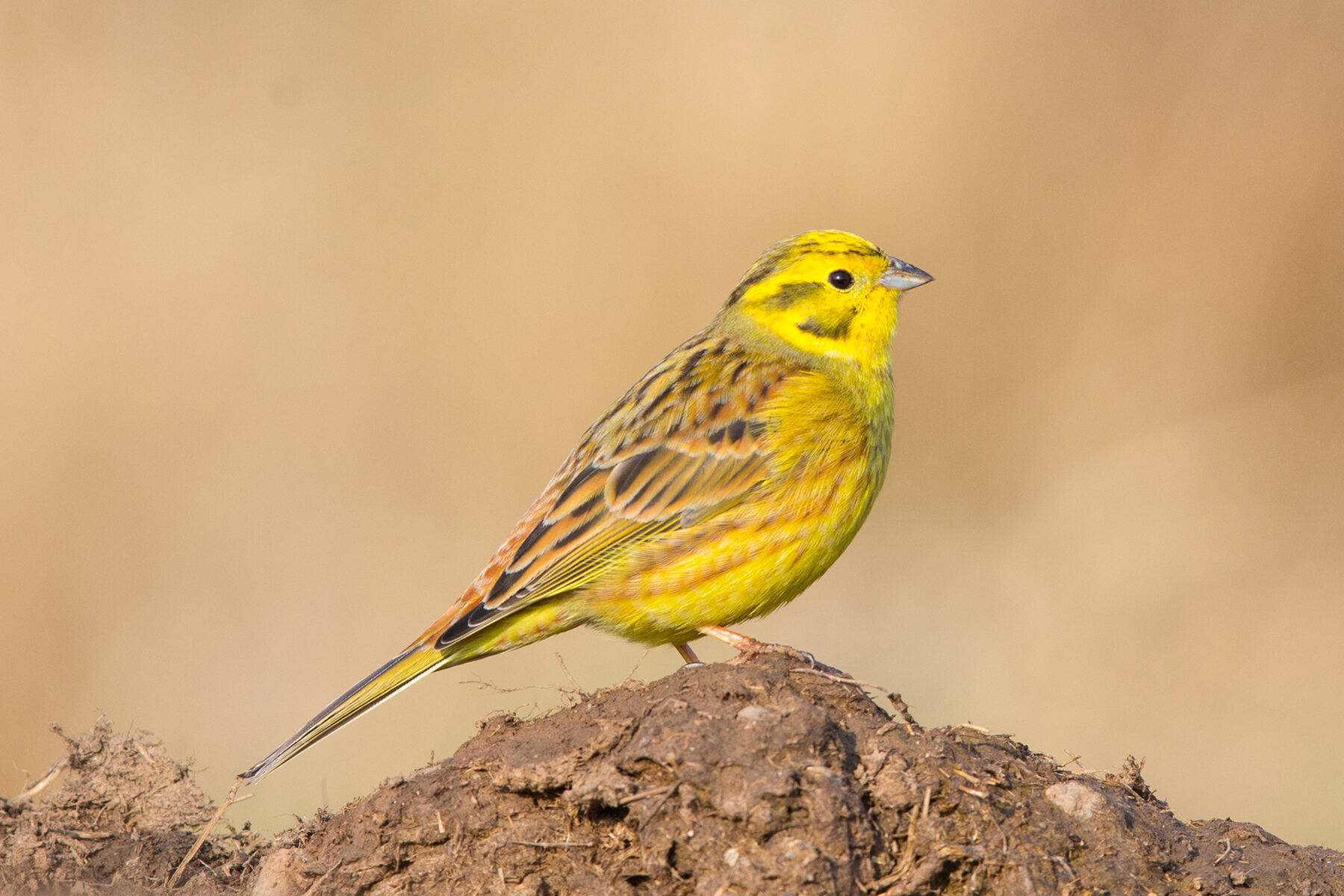
Did you know the Yellowhammer is Alabama's state bird? This vibrant bird, with its striking yellow plumage, has a rich history and fascinating traits. Found mainly in Europe and parts of Asia, the Yellowhammer is known for its distinctive song, often described as "a little bit of bread and no cheese." These birds prefer open countryside, making their nests on the ground or low in bushes. They primarily feed on seeds but will also eat insects, especially when feeding their young. Despite their beauty, Yellowhammers face threats from habitat loss and changes in farming practices. Learning about these birds not only enriches our knowledge but also highlights the importance of conservation efforts.
What is a Yellowhammer?
The Yellowhammer is a small bird known for its bright yellow plumage and distinctive song. Found mainly in Europe and parts of Asia, this bird has fascinated ornithologists and bird watchers alike. Let's dive into some intriguing facts about this vibrant bird.
Physical Characteristics
Understanding the physical traits of the Yellowhammer can help in identifying this bird in the wild.
- Bright Yellow Plumage: Male Yellowhammers boast a vivid yellow head and underparts, making them easy to spot.
- Brown Streaked Back: Their backs are brown with dark streaks, providing camouflage in their natural habitat.
- Size and Weight: These birds are about 16 cm long and weigh around 30 grams.
- Distinctive Tail: They have a long, notched tail that aids in their agile flight.
Habitat and Distribution
Yellowhammers are found in various regions, each offering unique insights into their adaptability.
- European Residents: They are commonly found across Europe, from the UK to Russia.
- Asian Range: Some populations extend into parts of Asia, including Kazakhstan and Mongolia.
- Farmland Favorites: They prefer open countryside, especially farmlands and grasslands.
- Woodland Edges: These birds are also seen at the edges of woodlands, where they find ample food and nesting sites.
Diet and Feeding Habits
The diet of Yellowhammers is diverse, reflecting their adaptability and survival skills.
- Seed Eaters: Their primary diet consists of seeds from grasses and weeds.
- Insect Diet: During the breeding season, they consume insects to meet the higher protein needs.
- Ground Foragers: They often forage on the ground, scratching the soil to uncover food.
- Winter Diet: In winter, they rely more on seeds and grains, often visiting bird feeders.
Breeding and Nesting
The breeding habits of Yellowhammers reveal much about their life cycle and reproductive strategies.
- Monogamous Pairs: They typically form monogamous pairs during the breeding season.
- Nest Location: Nests are usually built on or near the ground, hidden in dense vegetation.
- Clutch Size: A typical clutch contains 3-5 eggs, which are pale with dark streaks.
- Incubation Period: The female incubates the eggs for about 12-14 days.
- Fledging Time: Chicks fledge approximately two weeks after hatching.
Vocalizations and Communication
Yellowhammers are known for their distinctive songs and calls, which play a crucial role in their communication.
- Famous Song: Their song is often described as "a little bit of bread and no cheese."
- Territorial Calls: Males sing to establish and defend their territory.
- Alarm Calls: They use sharp, repetitive calls to warn of predators.
- Communication: Vocalizations help maintain pair bonds and coordinate feeding.
Conservation Status
Understanding the conservation status of Yellowhammers can help in efforts to protect these birds.
- Stable Population: Currently, Yellowhammers are listed as Least Concern by the IUCN.
- Habitat Loss: Agricultural intensification has led to habitat loss, affecting their numbers in some regions.
- Conservation Efforts: Initiatives like creating wildflower margins on farmlands help support their populations.
- Climate Change Impact: Changing climates may alter their habitats and food availability.
Cultural Significance
Yellowhammers hold a special place in various cultures, often symbolizing different aspects of life.
- Literary References: They appear in poems and literature, symbolizing joy and nature.
- Folklore: In some cultures, they are considered omens of good luck.
- National Symbol: The Yellowhammer is the state bird of Alabama, USA, though the bird referred to is actually the Northern Flicker, also called the Yellowhammer.
- Art and Music: Their bright colors and melodious songs inspire artists and musicians.
These facts highlight the fascinating world of Yellowhammers, showcasing their unique characteristics, behaviors, and significance.
The Final Note on Yellowhammers
Yellowhammers are more than just pretty birds. Their distinctive song and bright yellow plumage make them stand out in the wild. These birds have a fascinating history, from their symbolic meanings in folklore to their adaptations in various habitats. They play a crucial role in the ecosystem by controlling insect populations and spreading seeds. Unfortunately, their numbers have been declining due to habitat loss and changes in farming practices. Conservation efforts are essential to ensure these vibrant birds continue to thrive. By understanding and appreciating the unique traits of yellowhammers, we can contribute to their preservation. So next time you hear their cheerful song, remember the important role they play in our natural world. Let's do our part to protect these beautiful creatures for future generations.
Was this page helpful?
Our commitment to delivering trustworthy and engaging content is at the heart of what we do. Each fact on our site is contributed by real users like you, bringing a wealth of diverse insights and information. To ensure the highest standards of accuracy and reliability, our dedicated editors meticulously review each submission. This process guarantees that the facts we share are not only fascinating but also credible. Trust in our commitment to quality and authenticity as you explore and learn with us.
